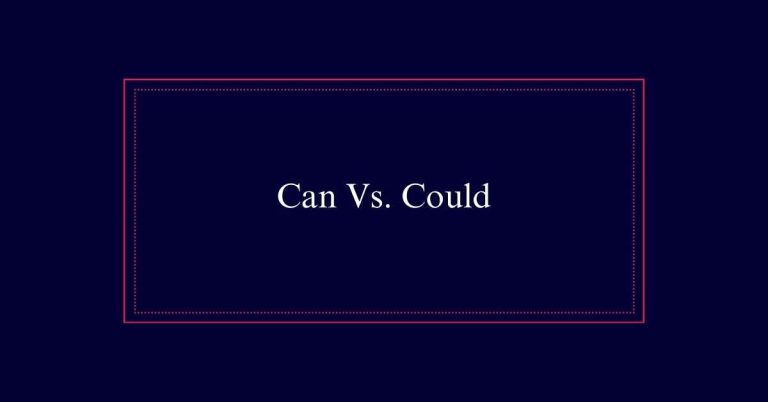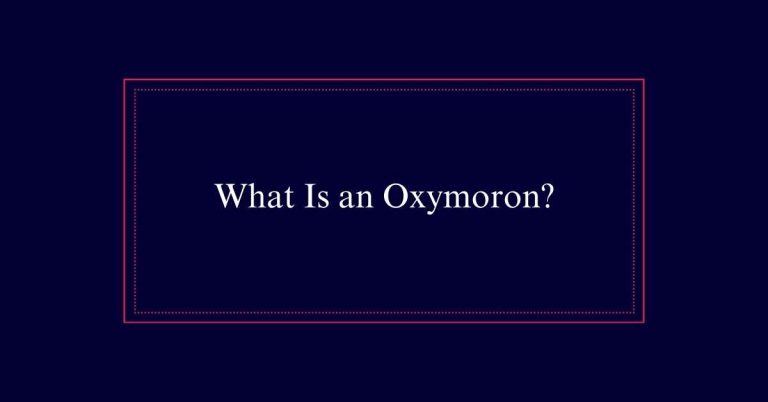What Is a Prologue? Definition and Examples
A prologue is a brief introductory section that precedes the main narrative of a literary work. It provides essential background information, sets the stage, and introduces important elements like characters or settings.
Prologues are commonly found in books, plays, and genres like historical novels, fantasy, and mystery. They serve to establish the story’s tone, mood, and themes, capturing the reader’s attention from the outset. For example, a character prologue might reveal hidden motivations, while a setting prologue details the environment.
Definition of a Prologue
A prologue is a separate introductory section that precedes the main narrative of a literary work. It sets the stage or provides essential background information. The prologue is common in books, plays, and fiction. Its length varies but it is typically shorter than the main narrative.
Through a prologue, an author can introduce key characters, settings, or events that are vital for understanding the story. This section can also establish the tone and mood, preparing the reader for what is to come. Different types of prologues include character prologues, setting prologues, and thematic prologues. Each serves to engage the reader and offer a glimpse into the world they are about to enter.
Importance and Purpose
Understanding the definition of a prologue leads us to contemplate its importance and purpose in a literary work.
A prologue serves as an essential tool to set the stage for the narrative. It provides necessary background information that can enhance the reader’s understanding. By establishing the tone or mood, a prologue can prepare the reader for the story’s atmosphere. Additionally, it introduces main themes or foreshadows significant events, creating intrigue and anticipation.
This introductory section is significant for capturing the reader’s attention right from the start. It can make complex narratives more accessible and engaging, ensuring readers are invested from the very beginning.
Common Uses in Literature
Prologues are frequently employed in literature to provide essential context and background information. They are a tool authors use to set the stage for the story that follows.
In historical novels, a prologue might offer a glimpse into a past event vital to the plot. In fantasy or science fiction, prologues can introduce readers to unfamiliar worlds or complex systems.

Mystery and thriller genres often use prologues to present a pivotal incident or crime that drives the narrative. Additionally, prologues can be used to establish the tone and mood of the book, preparing readers for the themes and style they will encounter.
Character Prologues
Character prologues offer insight into a character’s background, motivations, or pivotal experiences that shape their role in the story. These prologues are essential for deepening readers’ understanding and connection with the character. By highlighting key aspects of a character’s past, they set the stage for their actions and decisions within the main narrative.
This type of prologue can:
- Reveal Hidden Motivations: Expose the driving forces behind a character’s actions.
- Explain Relationships: Clarify important connections with other characters.
- Set Up Conflicts: Introduce personal struggles or external challenges.
- Foreshadow Growth: Indicate potential character development or change.
Setting Prologues
A setting prologue immerses readers into the world of the story by detailing the environment and atmosphere. It provides a vivid description of the location, whether it is a bustling city, a quiet village, or a fantastical domain.
This type of prologue helps readers visualize the setting, understand its importance, and feel the mood of the narrative. It can also introduce important landmarks or cultural elements that will play a role in the story.
Thematic Prologues
Thematic prologues introduce readers to the central themes and motifs of a story, setting the intellectual and emotional tone before the main narrative begins. By laying the groundwork for the story’s key messages, these prologues offer invaluable context for the reader. They often use symbolic language and imagery to convey deeper meanings. This type of prologue can enhance the reader’s understanding and engagement with the text.
A thematic prologue can:
- Highlight key themes such as love, betrayal, or redemption.
- Establish the narrative’s tone, whether it be tragic, hopeful, or suspenseful.
- Introduce recurring symbols that will appear throughout the story.
- Foreshadow central conflicts to prepare the reader for the plot’s progression.
Future Protagonist Prologues
In future protagonist prologues, the narrative perspective shifts to a point in time where the protagonist’s journey has already progressed or concluded. This technique allows readers to glimpse the end or a significant moment in the character’s future. It offers a sense of anticipation and curiosity about how events will unfold to reach that point.
This type of prologue can hint at the protagonist’s growth, challenges, and ultimate fate. It sets a forward-looking tone, encouraging readers to engage with the story to understand the path leading to the future scenario.
Different POV Prologues
Employing a different point of view in a prologue allows for unique insights and perspectives that enrich the main narrative. This technique can set the stage for the story in diverse ways.
Here are four benefits of using a different POV in a prologue:
- Background Information: Provides context that the main characters might not be aware of.
- Character Depth: Reveals motivations and backstories of secondary characters.
- Narrative Tension: Builds suspense by presenting conflicting viewpoints.
- World-Building: Introduces the setting or cultural elements from an outsider’s perspective.
Prologue Vs. Epilogue
A prologue and an epilogue serve distinct roles in framing a literary work. A prologue appears at the beginning and provides context, setting, or background information that helps readers understand the main narrative. In contrast, an epilogue comes at the end and offers closure, tying up loose ends or revealing the fates of characters. While the prologue sets the stage, the epilogue concludes the story, offering a sense of resolution.
Here’s a clear comparison:
| Aspect | Prologue | Epilogue |
|---|---|---|
| Position | Beginning of the story | End of the story |
| Purpose | Provides context/background | Offers closure/resolution |
| Function | Introduces themes | Ties up loose ends |
| Length | Shorter than main narrative | Shorter than main narrative |
Prologue Vs. Preface
While the prologue and epilogue frame a story, the distinction between a prologue and a preface lies in their focus and purpose. A prologue introduces the narrative, providing essential background, setting, or context. It serves the story directly, engaging readers with the plot or themes.
In contrast, a preface is written by the author to share insights into the writing process and intention.
Here are key differences:
- Prologue: Focuses on the story’s world.
- Preface: Focuses on the author’s perspective.
- Prologue: Provides context or background for the narrative.
- Preface: Offers personal insights or motivations behind the work.
Frequently Asked Questions
Can a Prologue Contain Dialogue Between Characters?
Yes, a prologue can contain dialogue between characters. This dialogue can effectively set the stage, provide background information, and introduce key themes, making it a versatile tool for engaging the reader from the outset.
How Long Should a Prologue Typically Be?
A prologue should typically be brief, often ranging from one to five pages. Its length should be sufficient to provide necessary background or context without overshadowing the main narrative. The goal is to engage, not overwhelm, the reader.
Are Prologues Necessary for All Types of Literary Works?
Prologues are not necessary for all literary works. Their necessity depends on the narrative’s needs. While they can enhance background and context, many stories effectively begin without one, directly engaging the reader from the start.
Can a Prologue Reveal the Ending of the Story?
A prologue can reveal the ending of the story, often through foreshadowing or presenting a future event. This technique engages readers by creating intrigue and setting up expectations for how the narrative will unfold.







